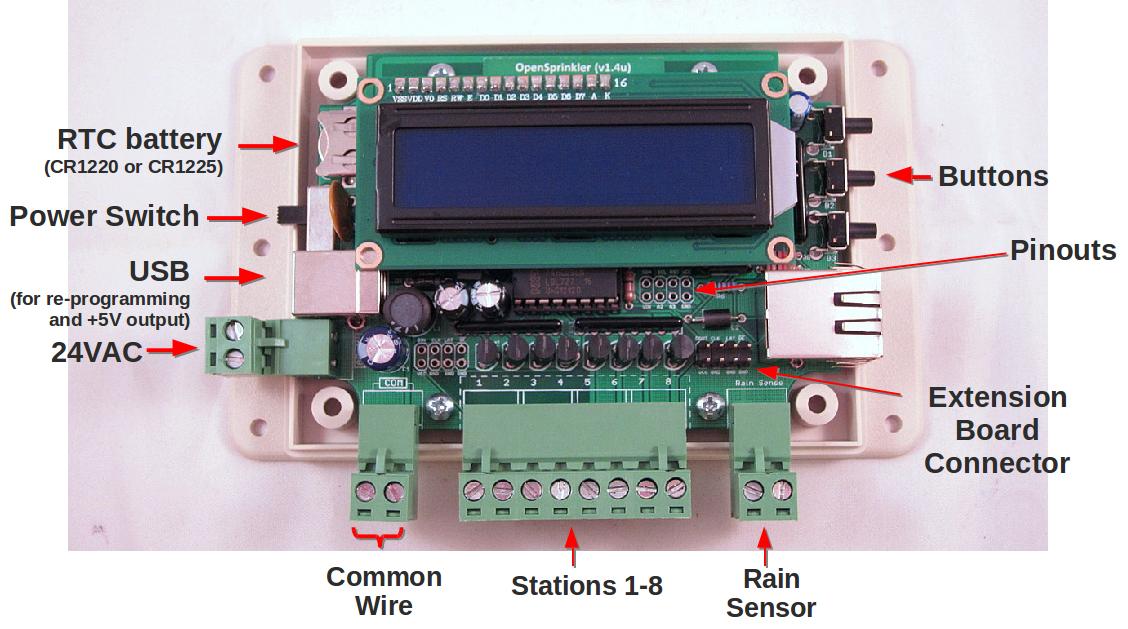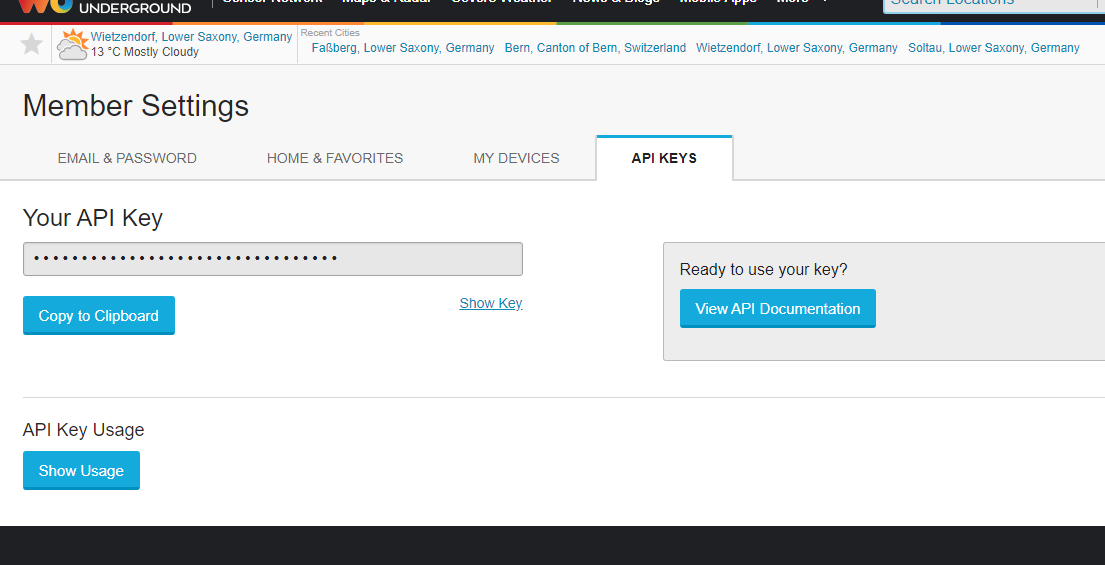

- Opensprinkler api how to#
- Opensprinkler api install#
- Opensprinkler api update#
- Opensprinkler api trial#
- Opensprinkler api password#
Assign it to an area like your garage and click Finish.Īfter installing, you’ll see a ton of different entities created. Next, add your OpenSprinkler IP address, login password, and controller name. Navigate to Configuration > Integrations > Add Integration. Once complete, you will need to restart Home Assistant from Supervisor > System > Reboot Host. Keep the “Show beta versions” turned off.
Opensprinkler api install#
Then, click Install this repository in Hacs. Search for the OpenSprinkler integration for Home Assistant. Navigate to HACS > Explore & Add Repositories. Check back in an hour or so and it should show up. This is because Github limits the amount of API calls within a certain time. Note: If you JUST installed HACS, it may take a bit for all the github repositories to show up. Once HACS is installed or you’ve manually copied the files in, add the OpenSprinkler integration by following these steps. Step 2: Add the OpenSprinkler Integration Since I wanted to start using HACS anyway, I decided to bite the bullet and use this project as a starting point. You can import the OpenSprinkler files manually as well. You don’t necessary HAVE to have HACS installed.
Opensprinkler api trial#
I had some trouble installing HACS, so I apologize that I can’t give you a step-by-step guide here, but a lot of the installation was trial and error until I got it working correctly.

Once installed, it lets you install custom Github projects with the click of a button, rather than manually editing custom_components.yaml file and importing files. HACS is the Home Assistant Community Store. If you don’t, I recently wrote a an OpenSprinkler installation guide you can reference. This guide assumes that you already have OpenSprinkler installed and working. My Home Assistant instance is configured on a raspberry pi 3B+. By the end of this guide, you will be able to turn on individual stations, run your “Run Once” programs, check last run time, and much more – all from your Lovelace dashboard.įor reference, I am using the preassembled OpenSprinkler unit.
Opensprinkler api how to#
Please use the n service to run programs.Īvailable services are n for programs, stations and controllers (for running once program), and opensprinkler.stop for stations or controller (to stop all stations).In this tutorial, I am going to show you how to integrate your OpenSprinker smart sprinkler system into Home Assistant. Please use n and opensprinkler.stop services to run and stop stations.
Opensprinkler api update#
Note: 1.0.0 has major breaking changes, you will need to update any automations, scripts, etc
Opensprinkler api password#
Password - The OpenSprinkler controller password.URL - Should in the form of The default port for OpenSprinkler is 8080.Click on the add integration button at the bottom right and select OpenSprinkler. In the Home Assistant UI, navigate to Configuration then Integrations.Or install manually by copying custom_components/opensprinkler folder into /custom_components To have a Lovelace card for the UI, opensprinkler-card can be used. Switch to enable/disable OpenSprinkler controller operation.Switches for each program and station to enable/disable program or station.

Sensors for water level, last runtime and rain delay stop time.Sensors for each station to show status.Binary sensors for station and programs to show running state.Last tested on OS API 2.1.9 and Home Assistant 0.110.0 Features OpenSprinkler Integration for Home Assistant


 0 kommentar(er)
0 kommentar(er)
